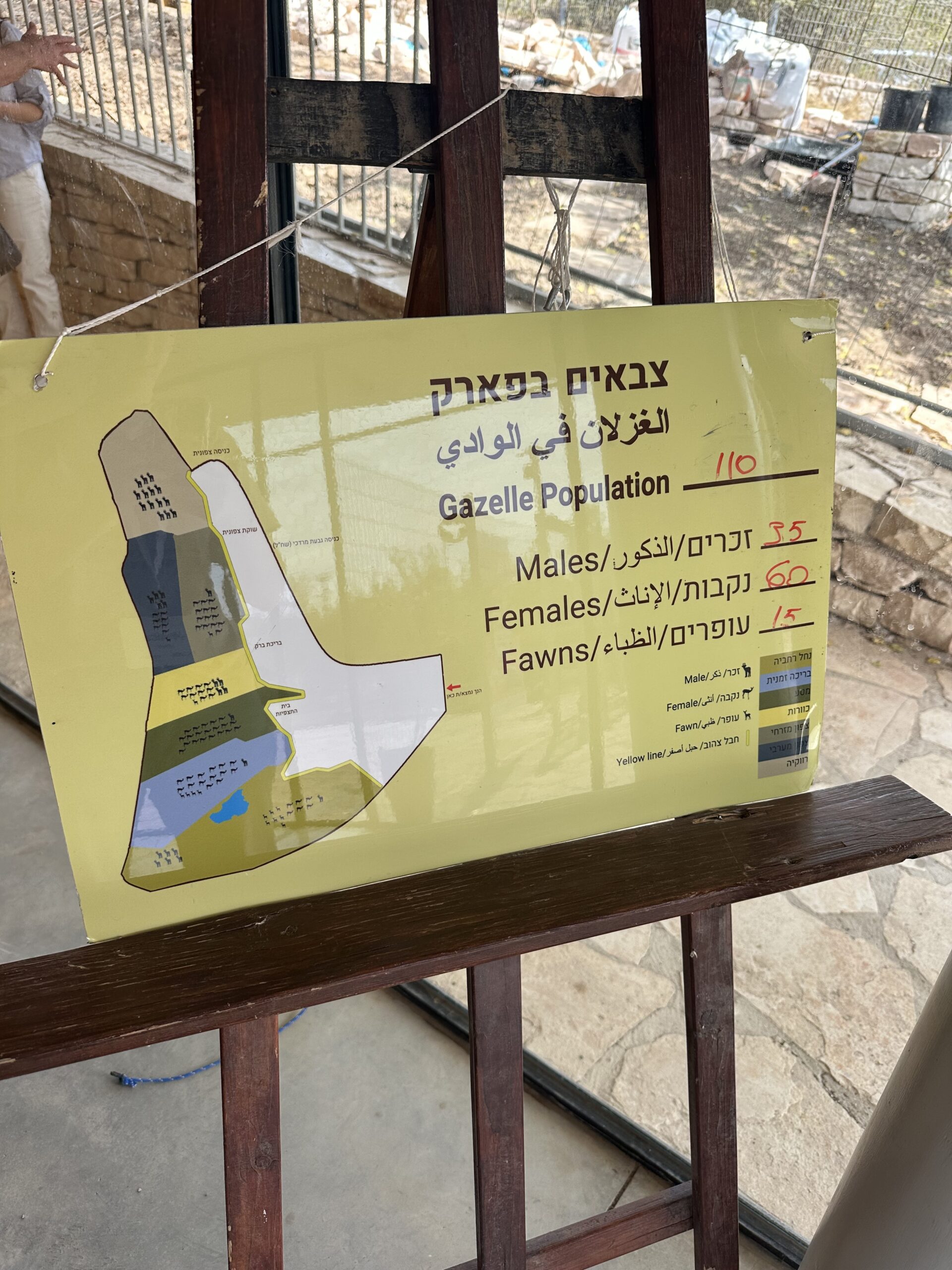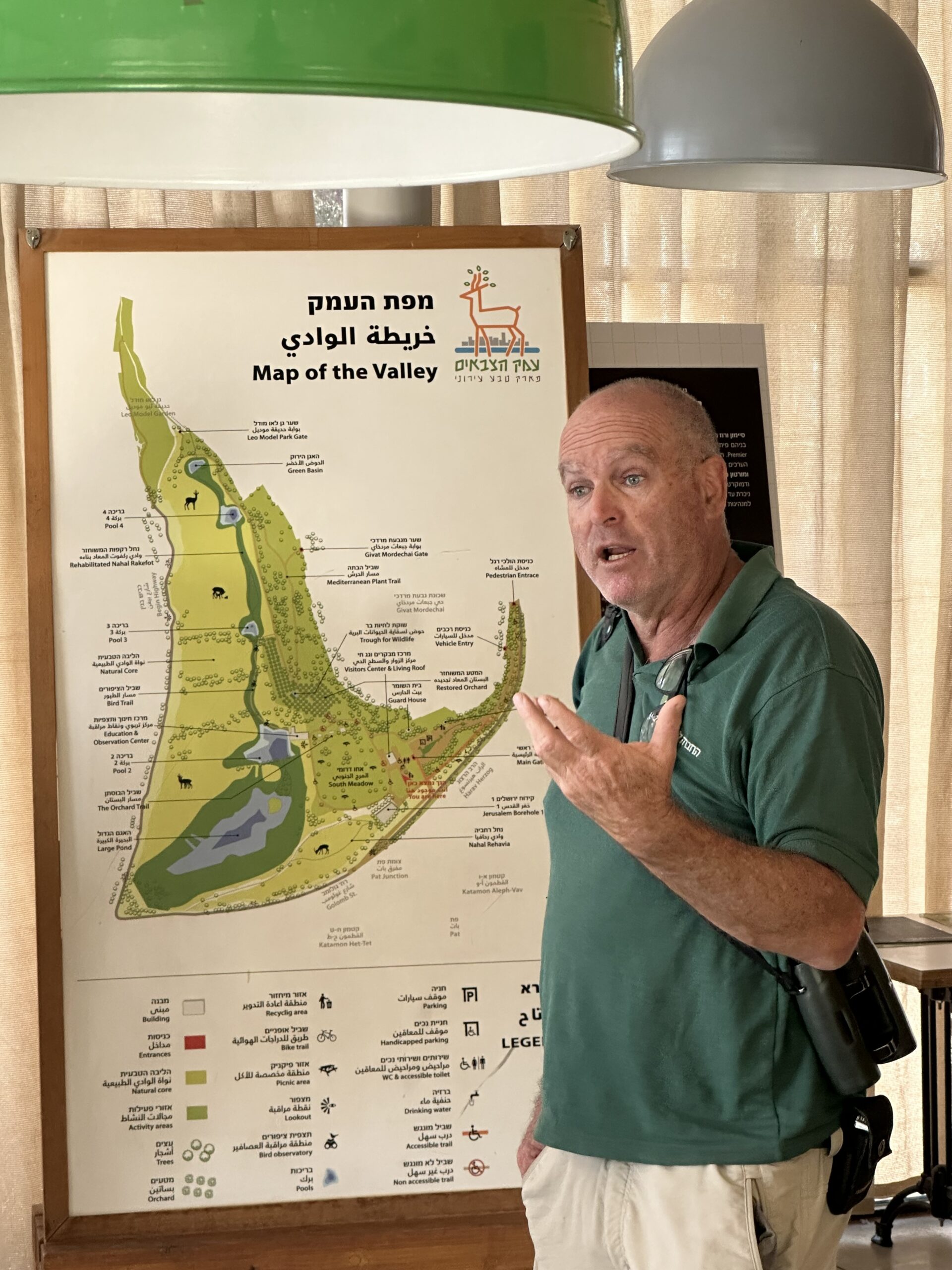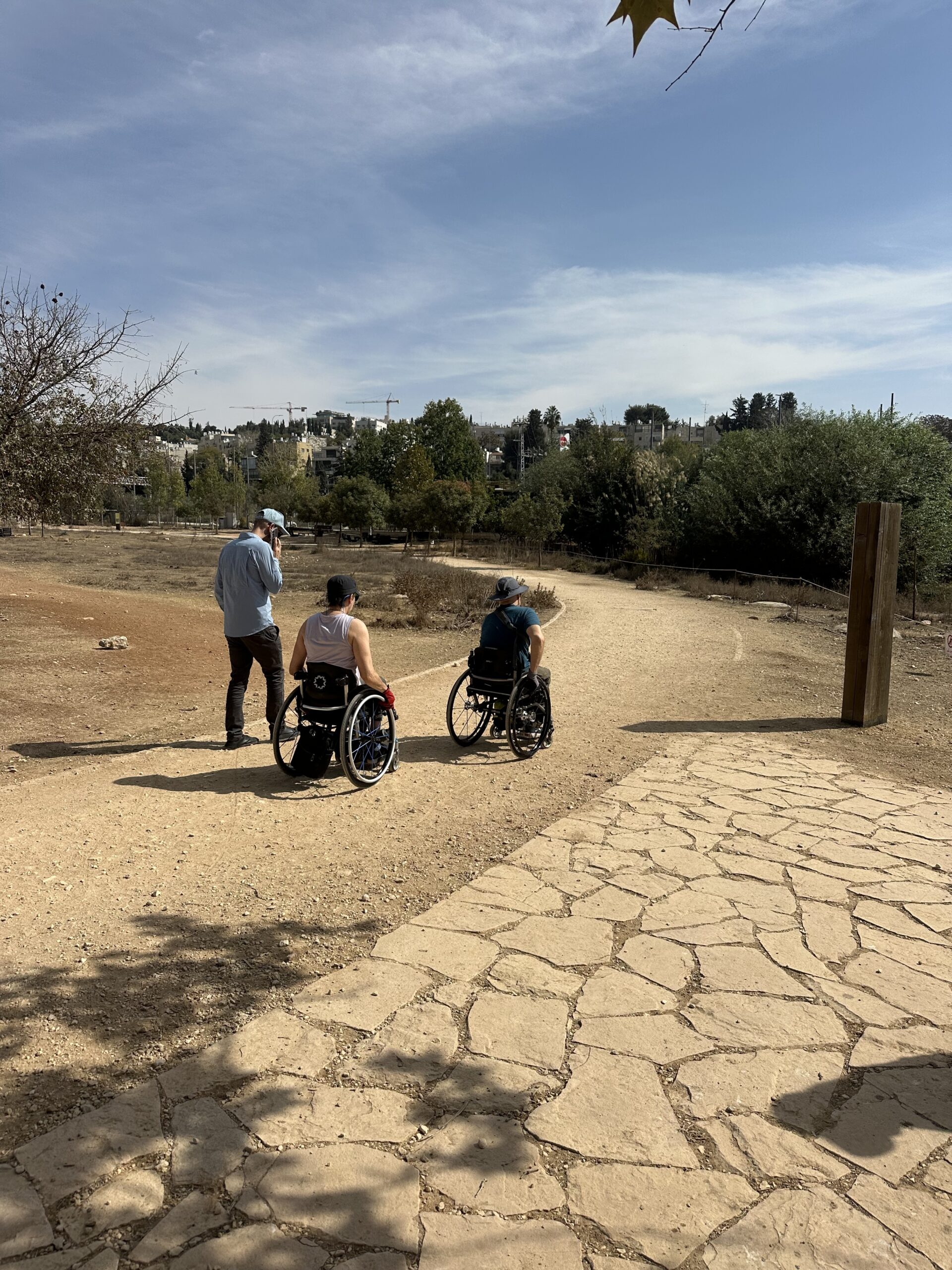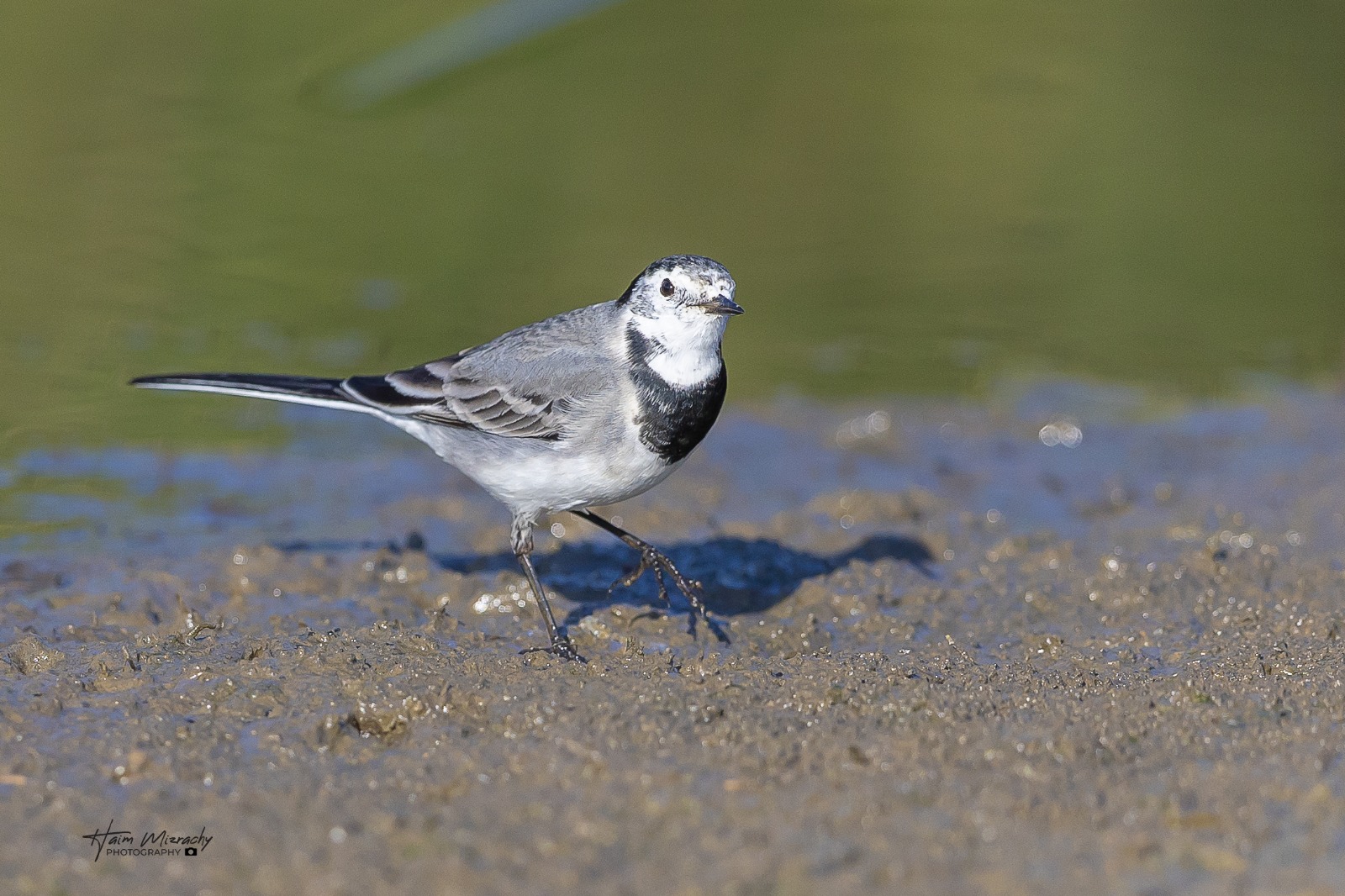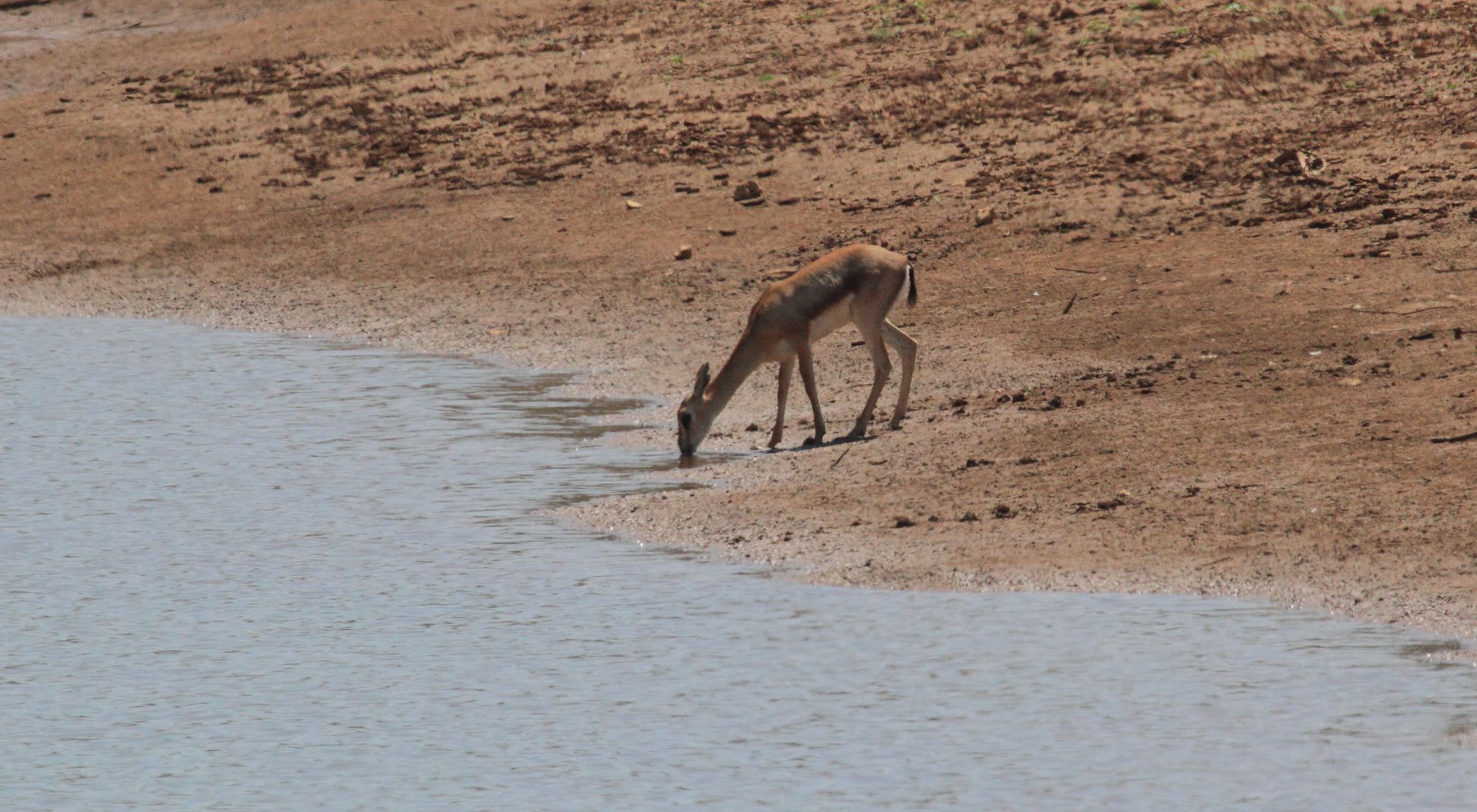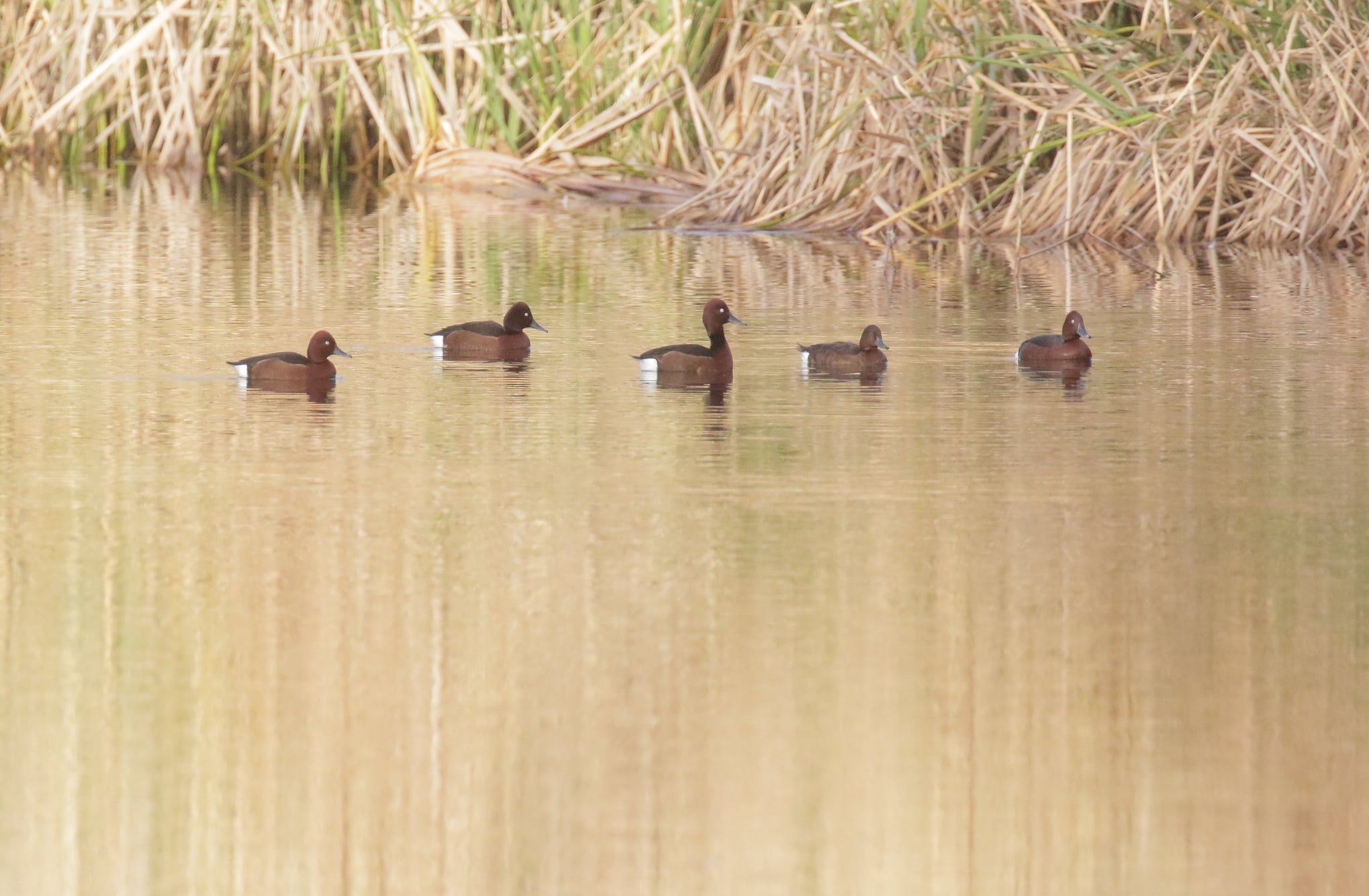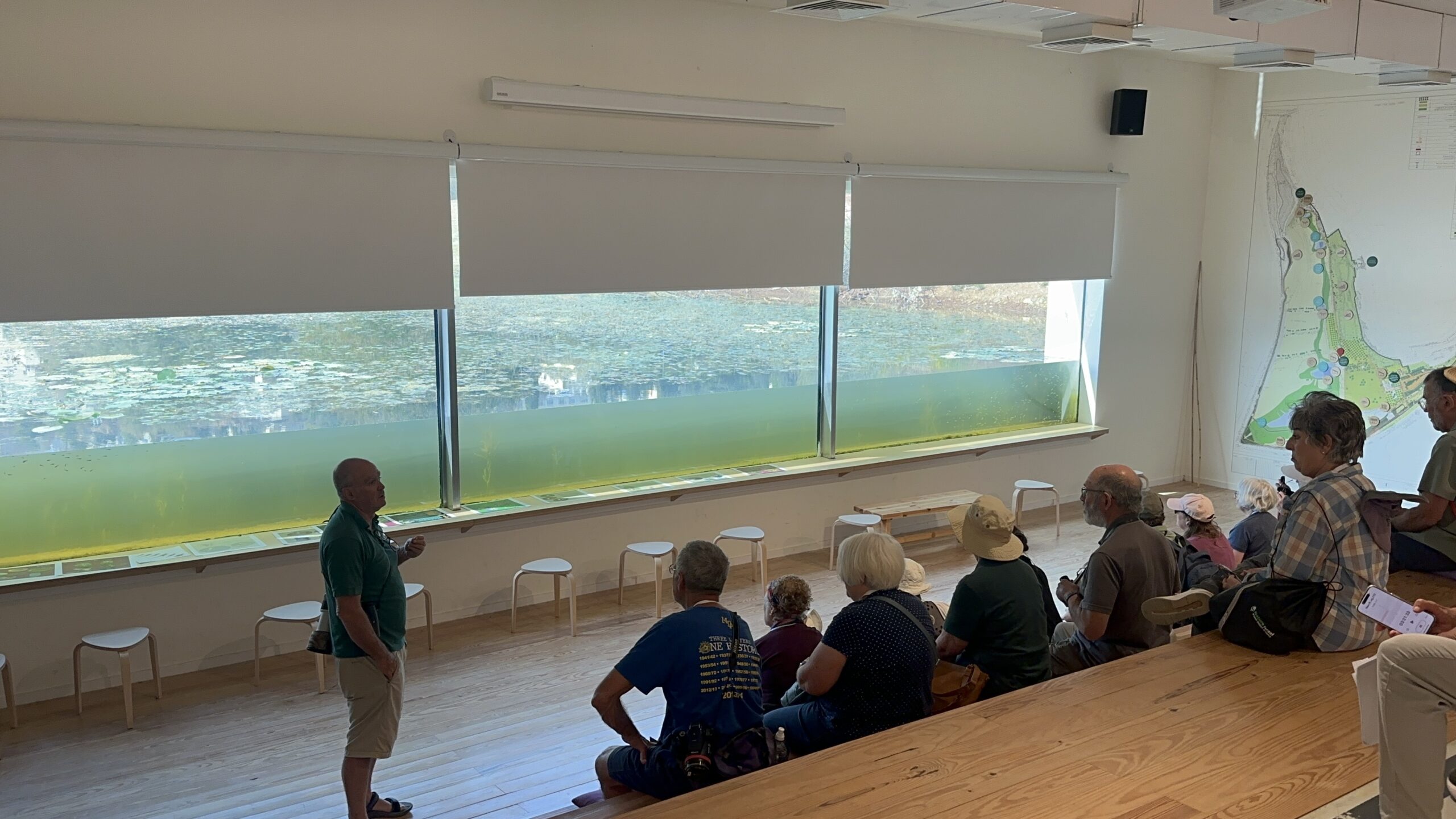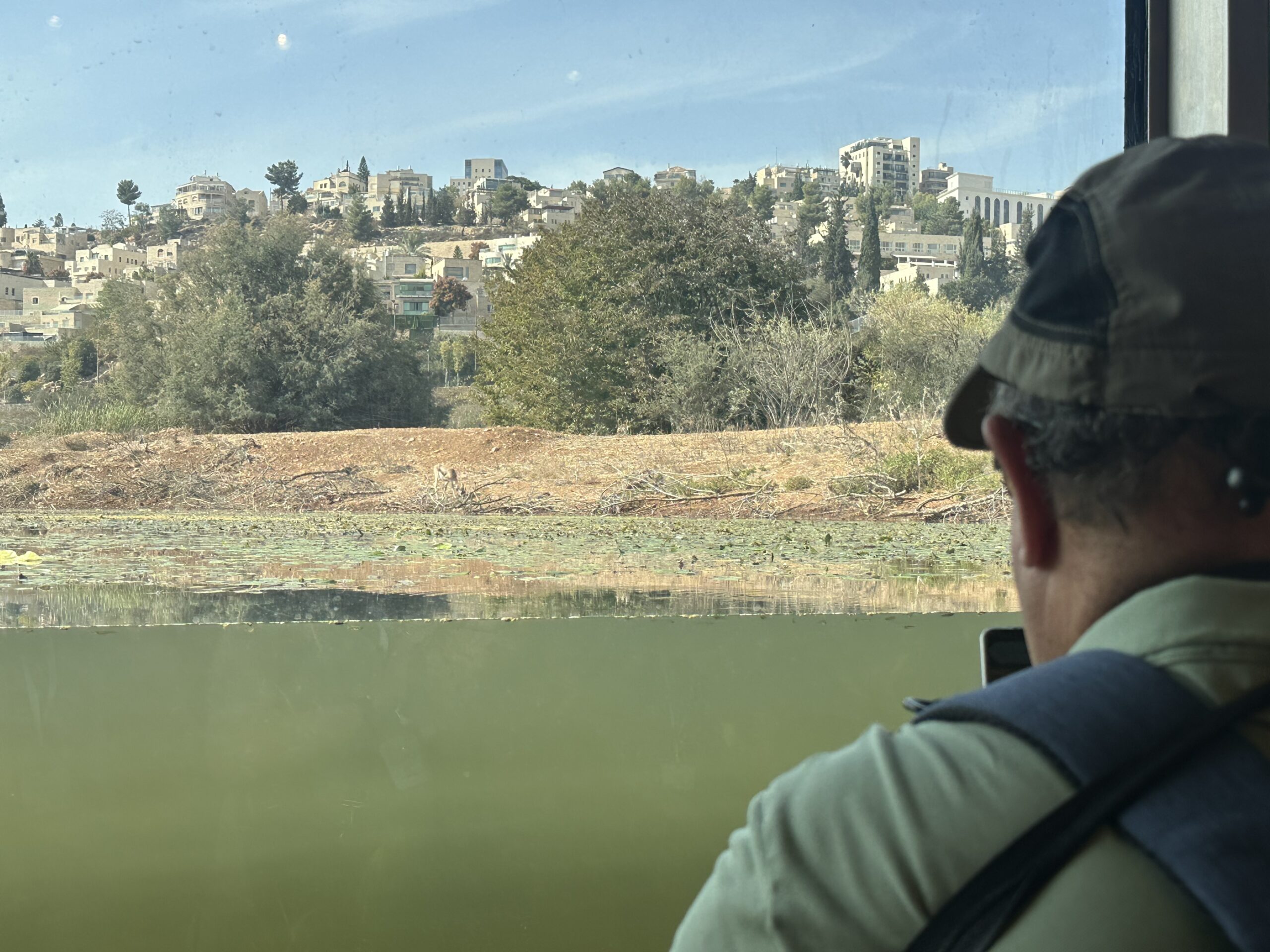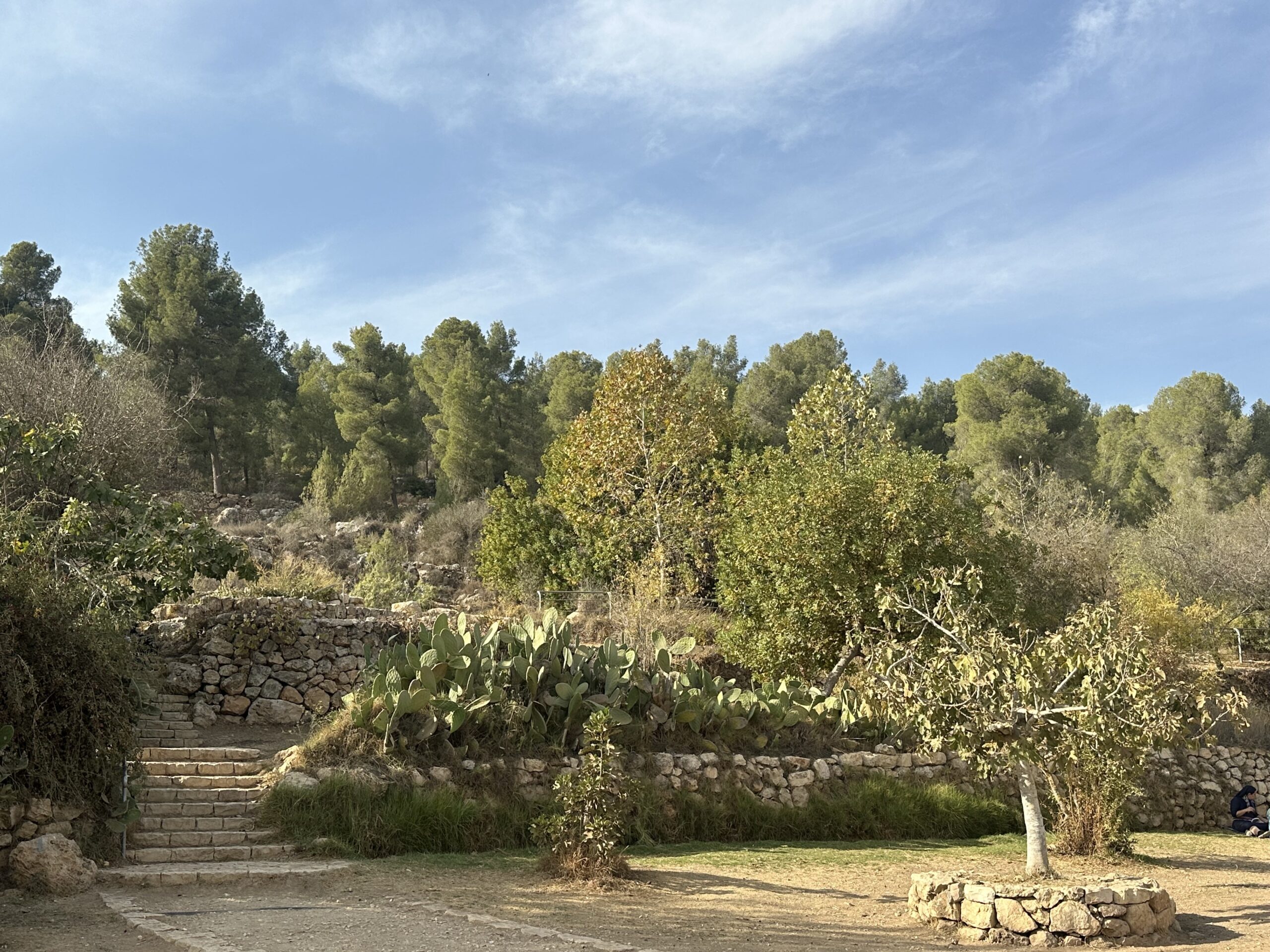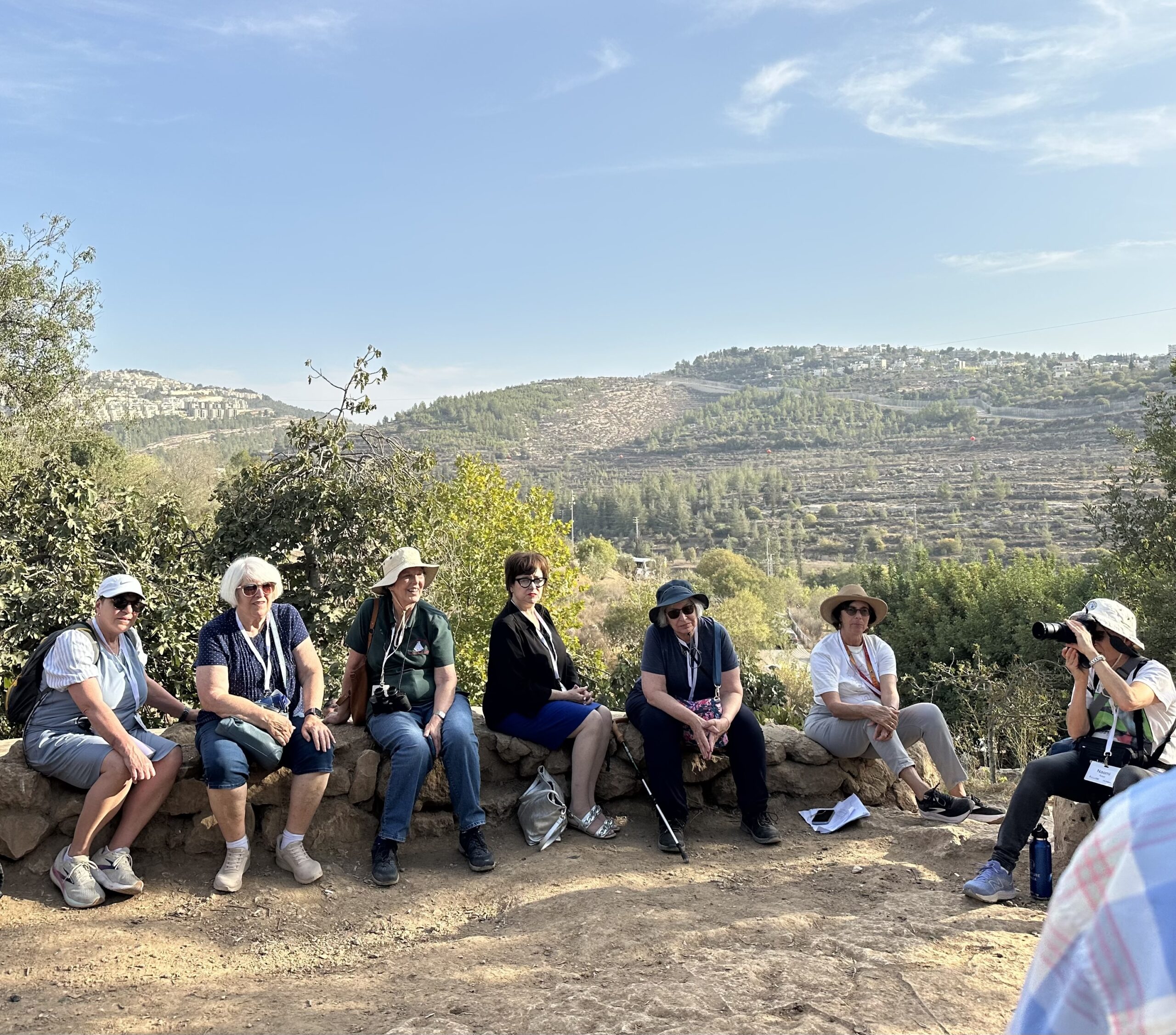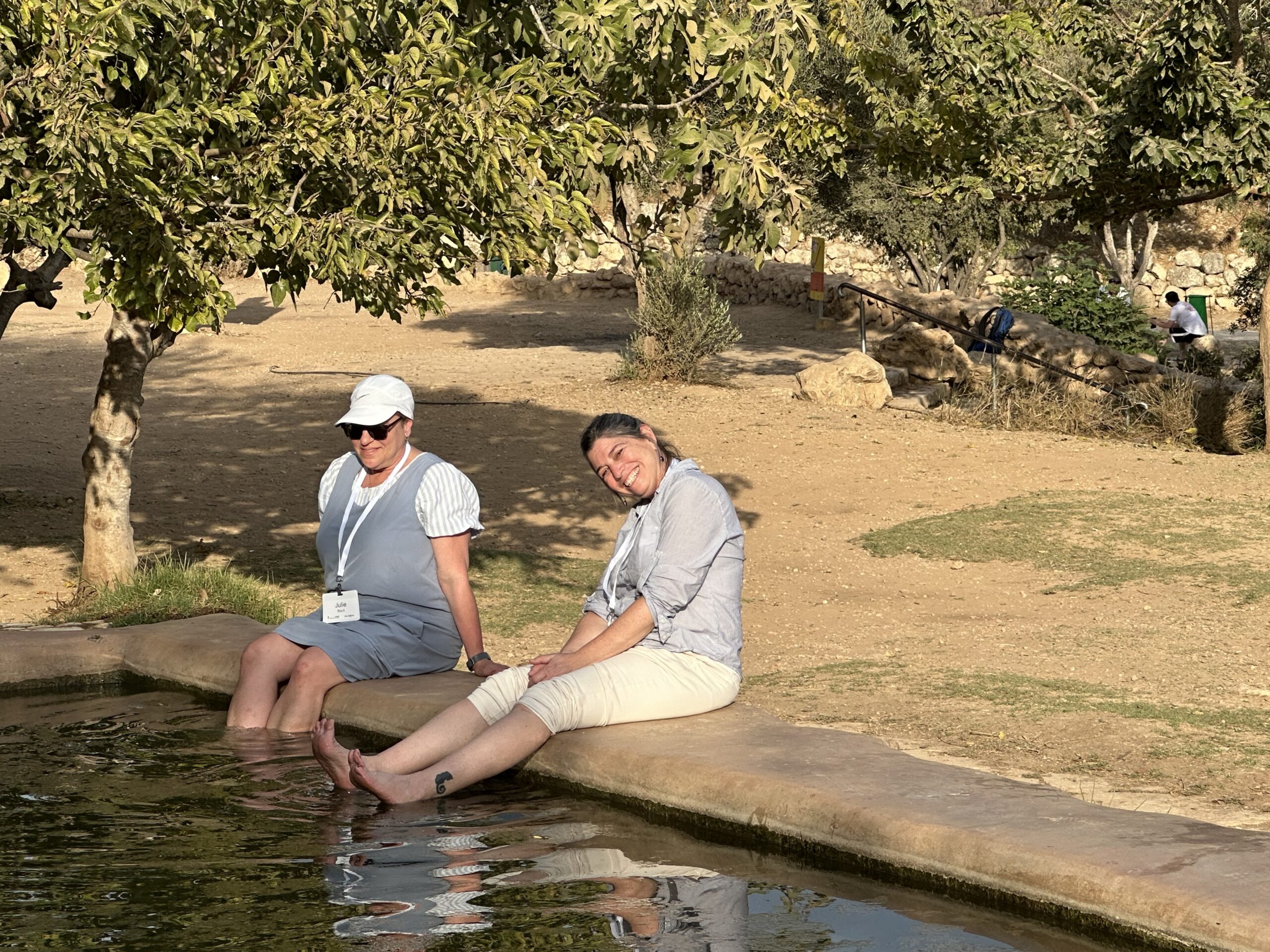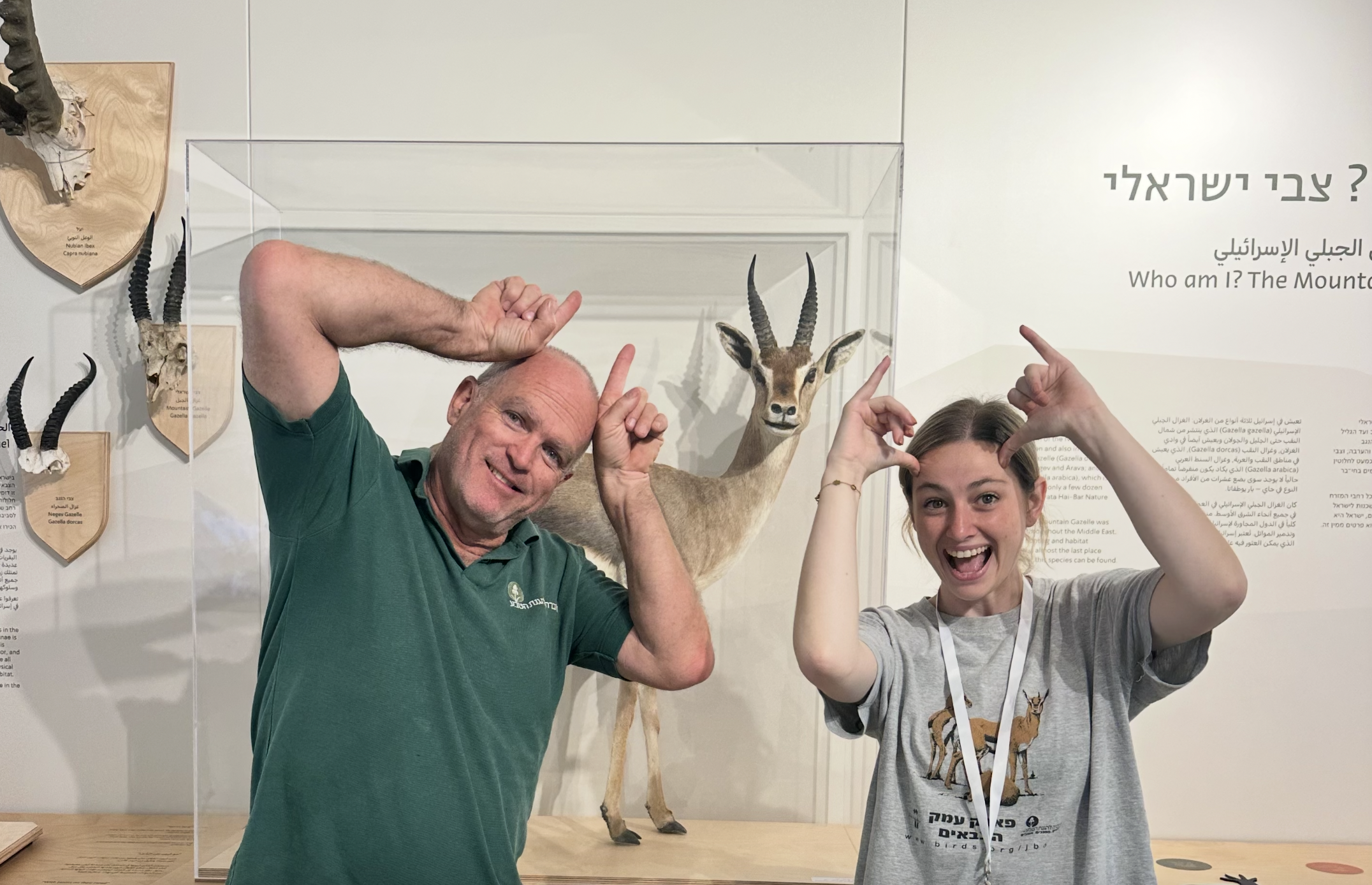
02 Nov November 2, 2025: Day 1
by Jessica Lewis, Director of Marketing and Communications at Nature Israel
Welcome to Jerusalem
The golden morning light of Jerusalem filtered through the courtyard as the sound of birds echoed outside the Orient Hotel. We gathered in the lobby — strangers at first, soon connected by a shared curiosity and love for Israel’s nature. Rachel Canar, Executive Director of Nature Israel, welcomed everyone and shared something she’d overheard on her way in: two bellhops speaking in Hebrew, saying, “We’re so excited the tourists are back!” A small moment that carried a larger truth: that our being here, together, meant something for the people of Israel.
Our tour guide and longtime SPNI supporter, Marla Stein, set the tone by saying, “we all have to work to repair Israel, whatever that means to you.” As we looked around the group, it was clear that each person had arrived with their own version of tikkun, or repair. One participant, Martie, shared,
“Israel means different things to different people. But to me it means the land, and we need to take care of it.”
Her words settled over the group as a reminder that repairing and caring for the land and its nature is a form of love. It was the perfect note to begin our journey. From this place of reverence and responsibility, we boarded the bus and set out to explore Israel’s remarkable nature, and the deep relationship between people and all the life that sustains it.
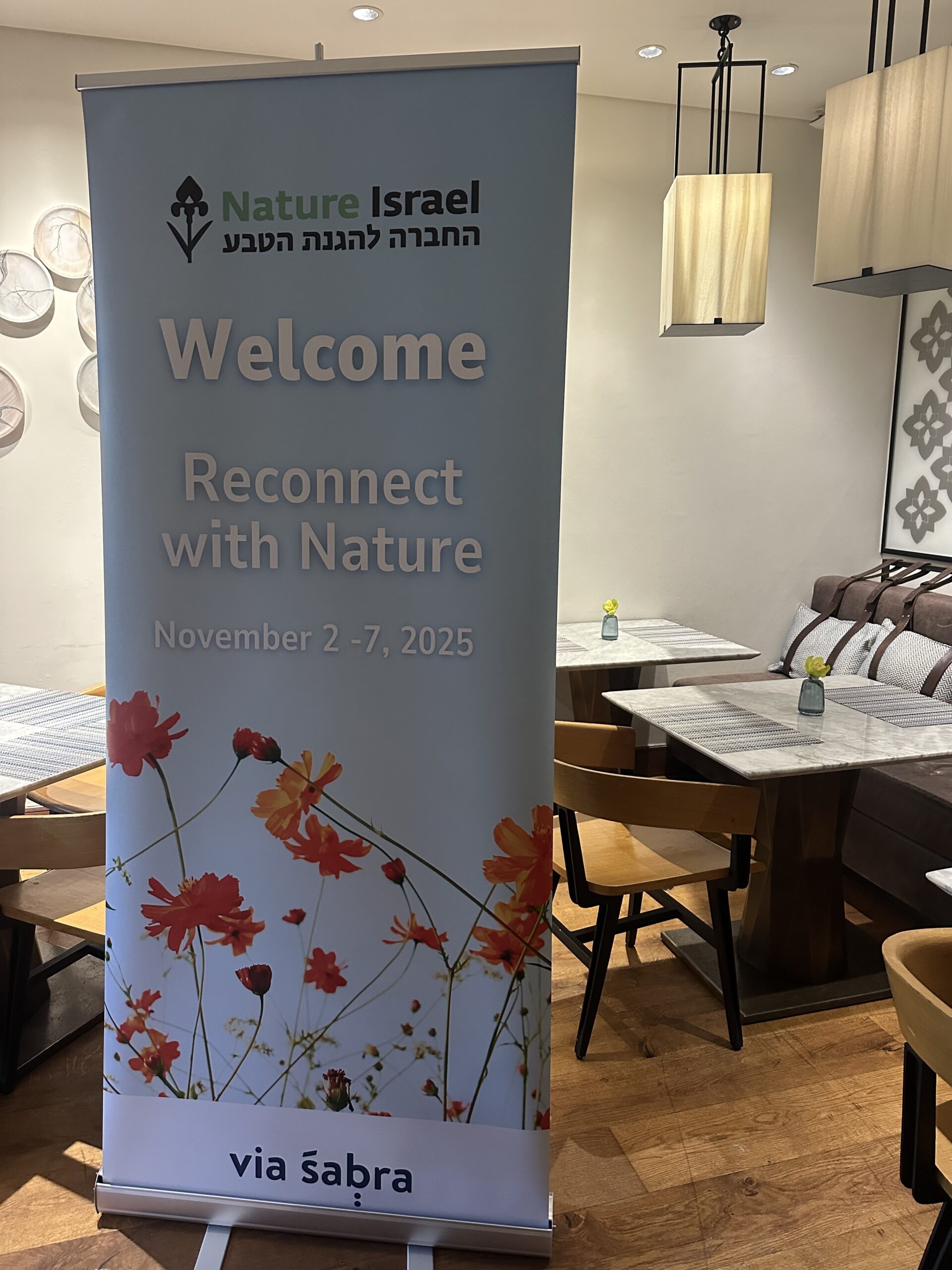
Gazelle Valley Park
At Gazelle Valley, we discovered how SPNI transformed a threatened urban space into a thriving wildlife sanctuary for the endangered Israeli mountain gazelle. Walking us through the park, Amir Balaban, SPNI’s Director of Urban Nature, shared the story of this ecological success, a place where nature and city life truly intertwine.
More than 60,000 residents live within walking distance of Gazelle Valley, many from lower-income neighborhoods in Jerusalem. Because entry is free, families can visit even on Shabbat, making this sanctuary open and accessible to all who call the city home. It’s incredible that nature here isn’t tucked away or reserved for those who can afford to reach it, it’s part of daily life. Kids grow up knowing gazelles as neighbors, not myths. Teenagers walk through wetlands and see endangered ducks with their own eyes, not just in textbooks. Adults of all ages and backgrounds come here to breathe, to rest, to remember what calm feels like.
“People treat this place as their own,”
Amir shared, and we could feel it. This beautiful, hopeful movement of belonging and love unfolding right in the heart of Jerusalem.
Amir pointed out a female white wagtail, identified from twenty feet away, recently arrived from Scandinavia. We learned about the endangered Ferruginous ducks that live in the valley, affectionately nicknamed “fudge ducks” for their chocolate-brown feathers dotted with white. The ponds shimmered with recycled water, rich in nutrients that feed the plants and help them grow at rapid rates. The air was dry and dusty. “It’s not just the driest time of year,” Amir said, looking out over the valley, “it’s the driest time we’ve had in the decade.” Yet even in scarcity, life here finds a way.
As we approached the new observation room, I was overcome with excitement. After two years of seeing photos of this space, I’m pretty sure I started skipping and leaping like a gazelle as we got closer the doors. Inside were museum-like displays of gazelles and other wildlife, complete with interactive drawers where kids could pull out gazelle horns, fossilized hoofprints, tortoise shells, and tawny owl feathers. Plates and coins from ancient civilizations were engraved with gazelles. “The gazelle is an important part of so many civilizations,” Amir told us. Sara Chana, a trip participant, studied a gazelle horn and asked, “Can you use a gazelle horn for a shofar?” Amir grinned. “Yes,” he said, “but it will be a squeaky one.”
Then came the moment I’ll never forget. As we sat in front of the wide glass window, the curtains rolled up to reveal the pond at eye level. Just as the light filled the room, a gazelle stepped forward to drink. We could see both above and below the surface, the gazelle at one end of the pond meeting the movement of fish and plants beneath the surface. Most of us, in awe, stood up and moved closer. It was the kind of quiet wonder and excitement that only nature can create, the kind that reminds you how lucky you are just to witness it.
Picnic Lunch in the Park
We had lunch on the rooftop of the observation room, a quiet spot overlooking the valley below. As we sat together with sandwiches and cold drinks, I met a young volunteer from Zikhron Yaakov who helps care for Gazelle Valley. He told me he was inspired to volunteer here because of his experiences in nature back home, he’d grown up seeing gazelles near his school, where every class spends time outdoors, thanks to SPNI. Hearing him talk, it was clear how these early experiences that SPNI provides for kids in nature can grow into lasting involvement and responsibility.
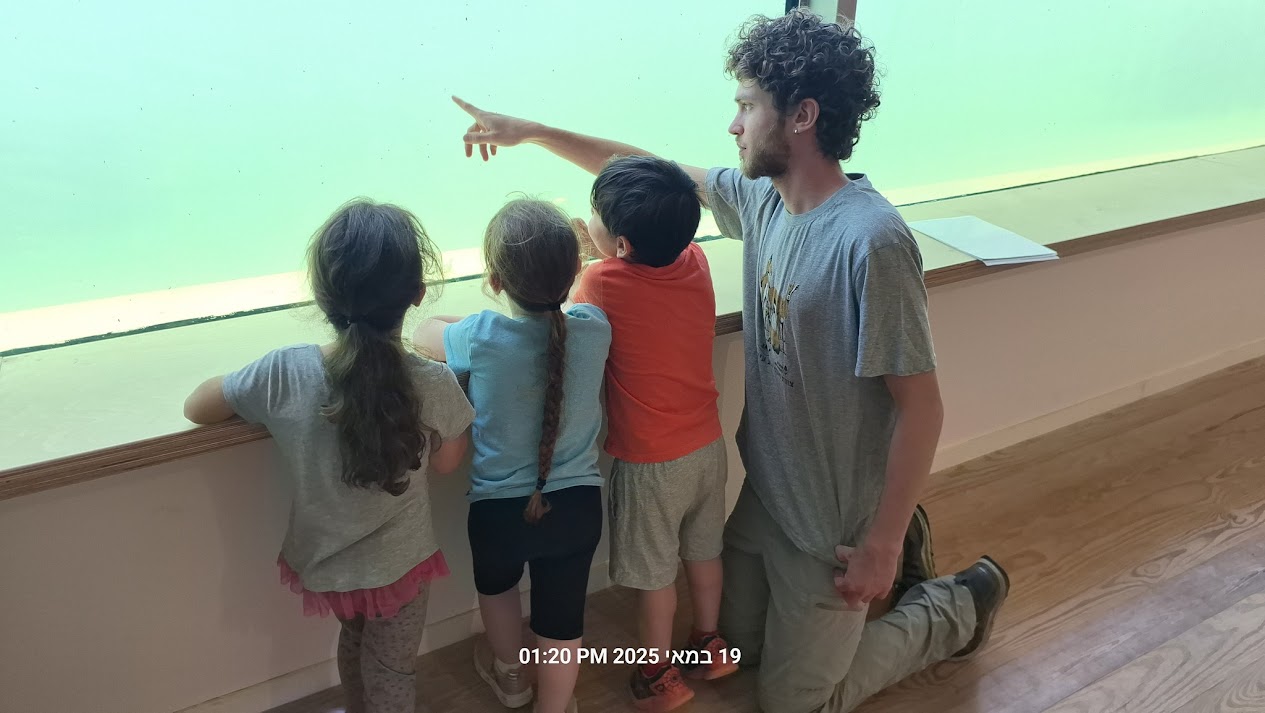
Jerusalem Hills Nature Walk
We set out into the forested hills surrounding Jerusalem, the city’s green lungs, for a walk led by Matan, one of SPNI’s guides. The path wound through lush green forests and natural springs, opening to wide views of the valley below. Matan explained how forest fires here can move like one enormous flame, spreading at ten meters a second.
At Ein Lavan, now part of a national park, we learned that the entire mountain has been designated for protection, yet the struggle to keep it safe from development continues. Jay spoke about the challenge of balancing growth and conservation.
“The only way to keep our green spaces green is to keep our cities dense and sustainable,”
We talked about how Jerusalem’s current sprawl threatens its surrounding landscapes, and how plans to double the size of Beit Shemesh would erase much of the green space around it. SPNI continues to push back, advocating for smarter, more sustainable development. We learned about local high school students who organized to protect the mountain’s natural springs, young people leading their own protests to defend the nature they love.
When Matan asked at the end, “What do you think?” trip participant Judy answered without hesitation: “Keep fighting.”




